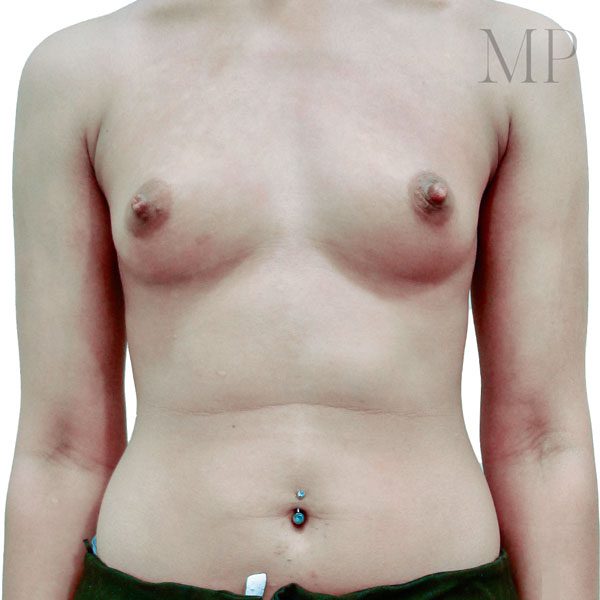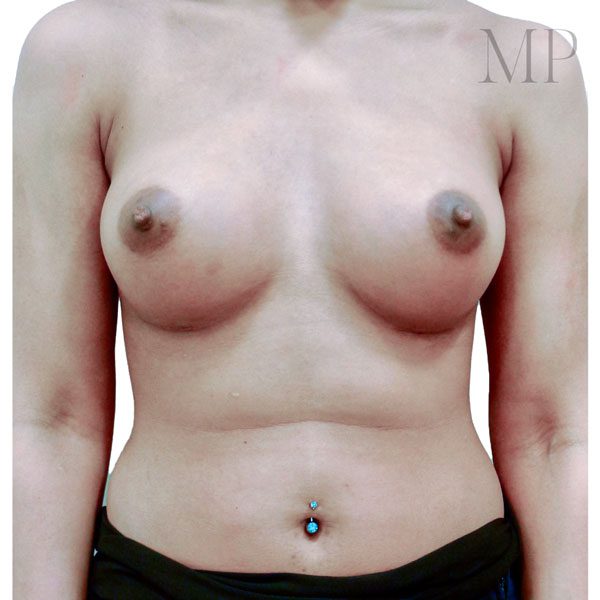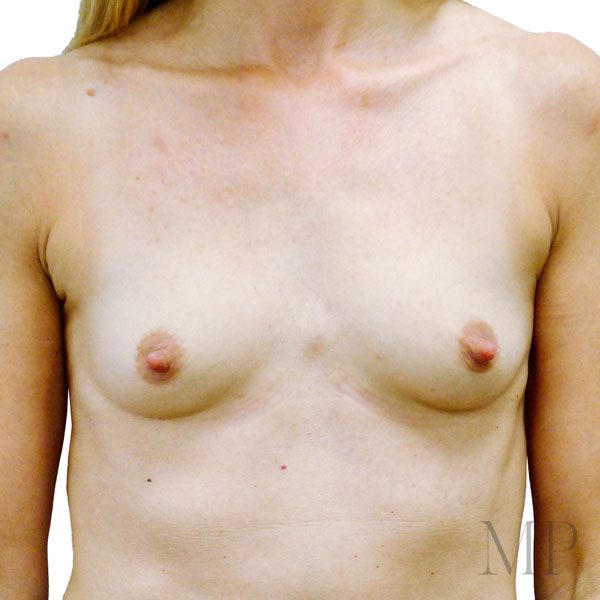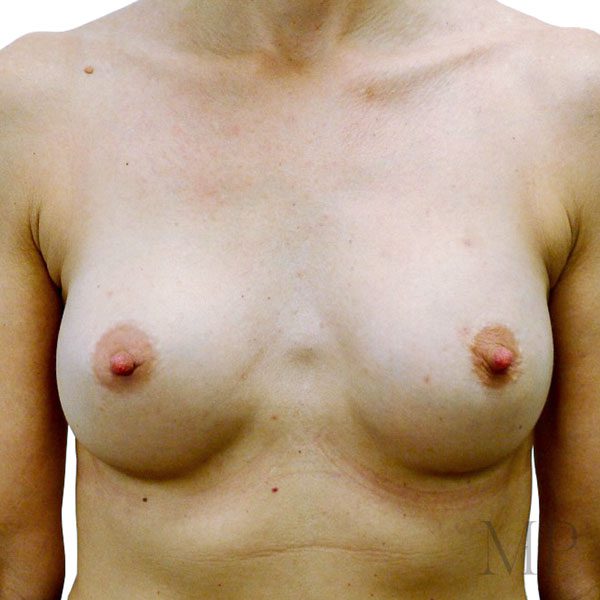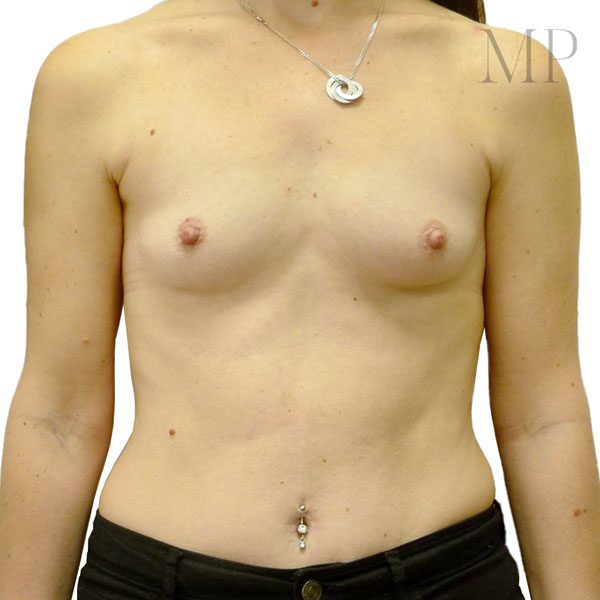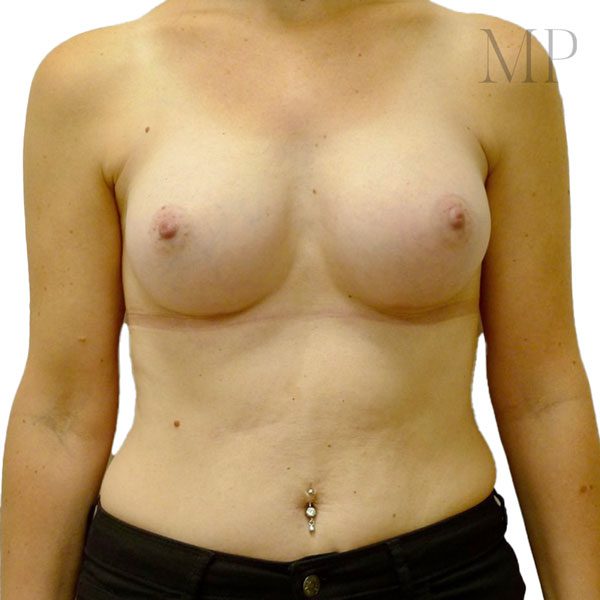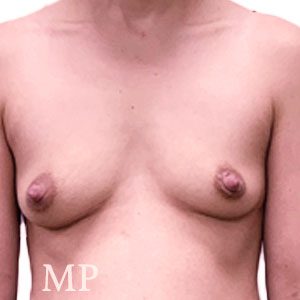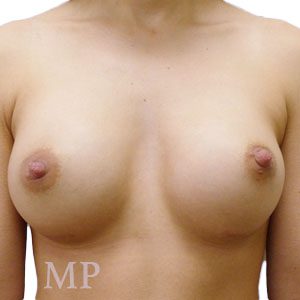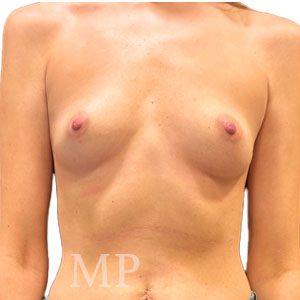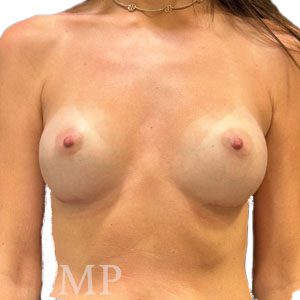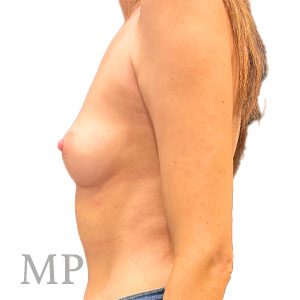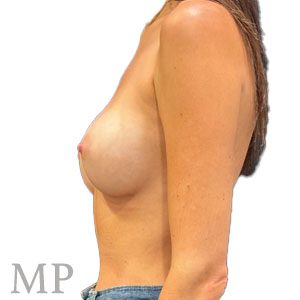Breast Augmentation
Breast augmentation is the process of increasing the size of the breasts by the use of saline or silicone implants. This not only increases the volume of the breasts but also increases the upper fullness that is hard if not impossible to achieve with breast uplift procedures. The procedure however, corrects asymmetry of the breasts.
We can place the implants can either under the breast tissue itself or under the pectoral muscle (Dual Plane).
Breast implants vary in components and also shape. A soft silicone exterior covers the implant with an internal core of either silicone or saline. The shape of the implant can either be round or tear shaped (anatomical).
Breast implants we can place through incisions under the breast (infra-mammary) through an incision in the arm pit or in some units through an incision in the umbilicus. Mr Potter only uses the infra-mammary incision which he hides by the breast and is hardly visible. Mr Potter believes this site has the lowest infection risk to the implant.
Breast augmentation variables are mind boggling and potentially confusing. Each patient has differing needs and torso dimensions to which there will be a variety of potential implants to suit your needs.
The decision as to size and shape and position of the implant is first and foremost a joint decision made by you and Mr Potter following several consultations with trial implants used in clinic to give you an indication of your end result.
If you would like to discuss potential treatment with Matthew Potter please contact us here.
Many patients concerns are regarding the risk of implants and breast cancer and also auto- immune disease. Silicone is widely used within the pharmaceutical industry, it’s found in cows milk and has been proven to be safe in its use in breast implants and other devices.
Implants & Breast Cancer Surveillance
Breast implants however do not stop you from having routine mammography or ultrasound surveillance. You must inform the radiographer about your implants prior to having a breast mammogram. There are however some reports that a breast implant may well prevent full visualisation of certain areas of the breast on mammography. Having breast implants does not stop you from breast feeding.
Recently there has been found to be potential link between implants placed within the body and a form of lymphoma. Mr Potter will discuss this with you in detail at the time of your consultation. Mr Potter uses implants that at the time of writing this web site have not been found to cause such a lymphoma.
Historically breast implants were thought to have a lifespan of 10 years. We advise that you plan for an exchange of the implant at this point or thereabouts. With the continuing development of new generation implants this 10 year figure may well prove to be longer.
The procedure we undertake with you asleep (General Anaesthetic). The procedure takes approximately 2-3 hours. All sutures used are absorbable and all wounds are covered with simple dressing tape. There are no drains used with this procedure.
Patients stay on average for one night following the procedure. We recommend and encourage you to shower the morning after the procedure and get the dressing tapes wet and allow to air dry.
We will review you at a week for a wound check to make sure that all is healing well. Mr Potter will review you at three weeks to be sure that all is progressing well and will review you a further three months later to review your result.
If at any point in your post operative course you have any concerns we will arrange for you to be seen at the next available clinic. We aim to follow up our patients long term following breast augmentation.

Number of years undertaking Breast augmentation
16
Long term pain
0%
Capsule contracture
0%
Delayed exchange of implant
0%
ALCL (Lymphoma)
0%
Long term loss of sensation to the nipple/ areolar complex
0%
Average length of post operative stay
1 Night
Time taken to undertake office work
2 weeks on average
Redo operations for poor implant position or implant movement
0%
Unplanned return to theatre
A single case of haematoma to one breast delaying discharge by 1 day
